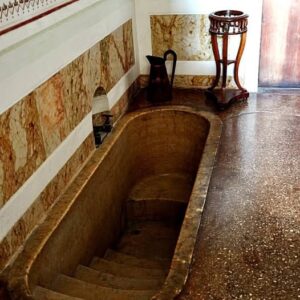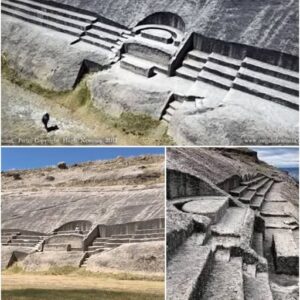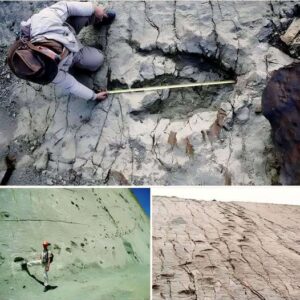The Romans were pioneers in infrastructure, with their public latrines serving as a testament to their remarkable engineering prowess and complex social organization. These communal toilets were not simply utilitarian conveniences; they represented elaborate systems that mirrored the essence of Roman society. By the 4th century CE, Rome proudly housed a staggering 144 public latrines, showcasing the technological advancement of the time. These expansive facilities, often adorned with luxurious marble seats, could cater to groups of 10 to 20 individuals concurrently.
The engineering ingenuity behind these structures was evident in the intricate network of water channels that connected to aqueducts, ensuring a continuous flow to flush away waste. This innovative design set a new standard for cleanliness, unparalleled in the ancient world.
The Romans’ meticulous attention to detail extended beyond functionality to encompass social dynamics. The communal aspect of these latrines fostered a sense of community and camaraderie among users, transcending mere practicality. It was in these shared spaces that individuals from all walks of Roman life converged, transcending social barriers and engaging in informal interactions.

Moreover, the presence of public latrines in such abundance underscored the Romans’ commitment to sanitation and hygiene. In a time when cleanliness was often a luxury reserved for the privileged few, Rome’s public latrines democratized access to proper sanitation, promoting public health on a grand scale.
The grandeur of these public latrines also served as a reflection of Rome’s wealth and power. The opulence of materials, such as marble, and the scale of construction signaled the city’s prosperity and sophistication. These structures were not merely functional amenities but symbols of Roman dominance and cultural refinement.
In conclusion, the public latrines of ancient Rome stand as a testament to the civilization’s engineering prowess, social cohesion, and commitment to public health. Through their intricate design, advanced technology, and communal ethos, these facilities embodied the essence of Roman society, reflecting the values and accomplishments of a civilization that continues to fascinate and inspire to this day.





